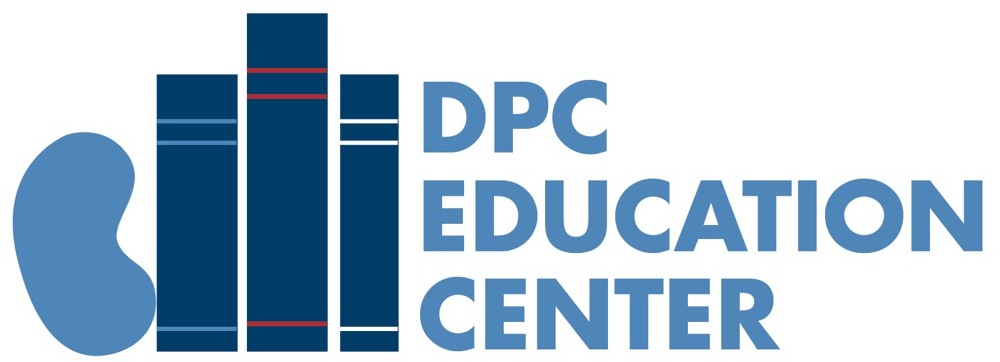There are two main types of PD therapy and although many choose to do the therapy at home, there are also in-center options and combination therapies.
Continuous cycling peritoneal dialysis (CCPD) is just how it sounds. It uses a machine called a cycler to continuously/automatically do your exchanges at night while you sleep. Generally three to five exchanges are done each night and you empty the drainage bag when you wake up in the morning. This program gives you more freedom because you aren’t hooked up to a machine during the day. Each nightly session lasts at least eight to ten hours. Some programs also have you start an exchange in the morning and the dialysate dwell lasts the entire day.
Benefits of CCPD:
- No exchanges necessary to do during the day.
- Some data indicate potentially lower risk of infections since there are less contact opportunities than with CAPD, however data is mixed.
- Potentially lower risk of infections if you do a dry day as compared to a full day dwell since an empty stomach could increase the immune response (1)
- Continuous ambulatory peritoneal dialysis (CAPD) doesn’t use a machine and is something that you do during the day. Here you use gravity to move the dialysate through your abdomen with a series of exchanges. Normally patients need three to four exchanges each day with one longer dwell during the night. The exchanges can be done in any clean environment and you are free to be active during each dwell.
- Additional therapies exist that use a combination of CAPD and CCPD. This type of therapy allows exchanges between the day and the night. Combination therapy more closely mimics the natural activity of your kidneys that work 24/7/365. It also might not be covered under many health plans and your providers will be able to determine if this is the right plan for you.
Benefits of CAPD:
- More control as a patient since you primarily perform the exchanges and determine when and where you do them.
- You are also free to move around during dwells so less time spent dialyzing.
- Less equipment needed and less chance for mechanical failure.
- A combination therapy could allow for automated exchanges during the night and manual exchanges during the day. The potential benefit of combination therapy is that it is more constant dialysis, which more closely mimics your natural kidney functions and leads to less fluid and dietary restrictions.
- PD isn’t an option for everyone and you and your team of doctors will determine what treatment plan works best.
1.Piraino, Beth Bernardini, Judith Brown, Edwina et al., ISPD Position Statement on Reducing the Risks of Peritoneal Dialysis- Related Infections. Peritoneal Dialysis International. 2011 Vol 31 no.6, 614-630. Retrieved from http://www.pdiconnect.com/content/31/6/614.full.



